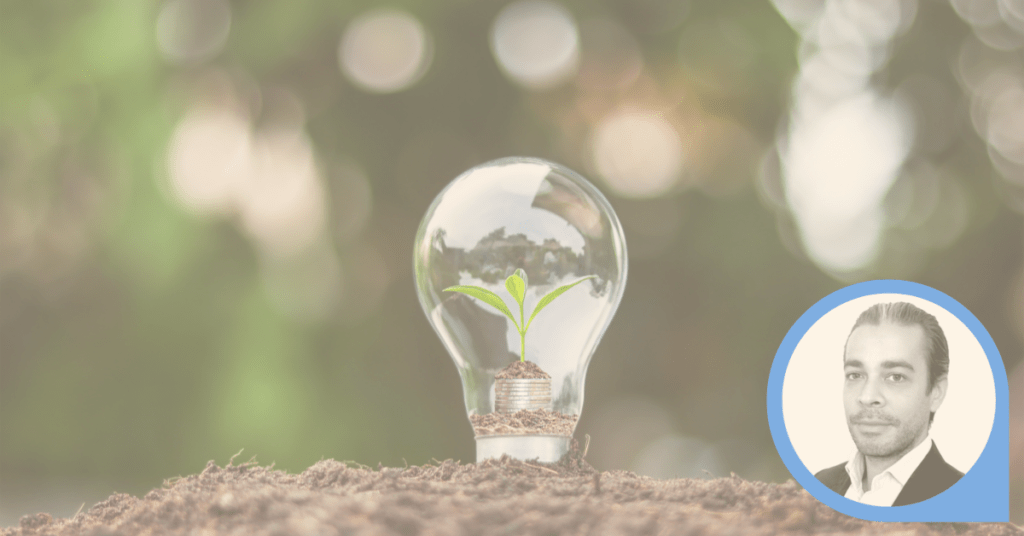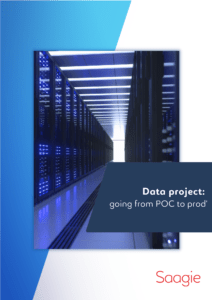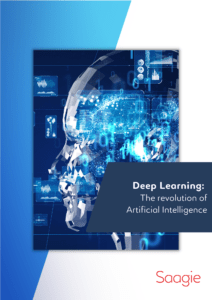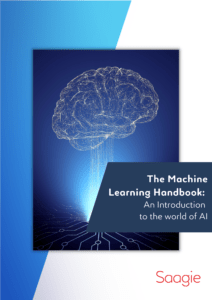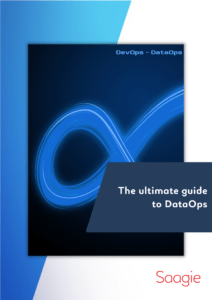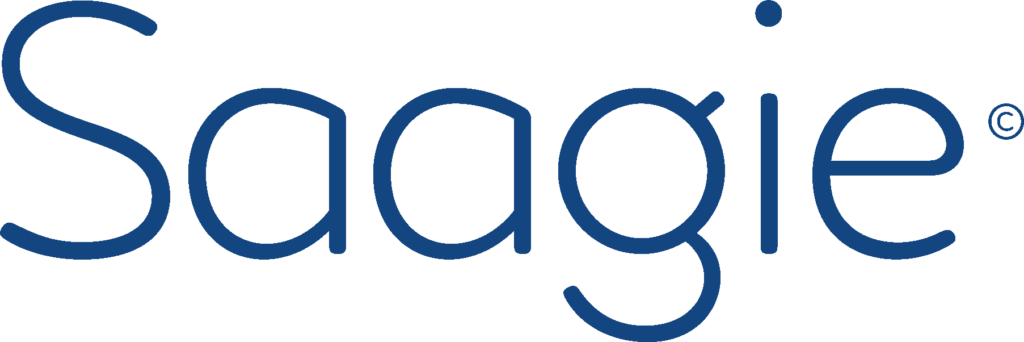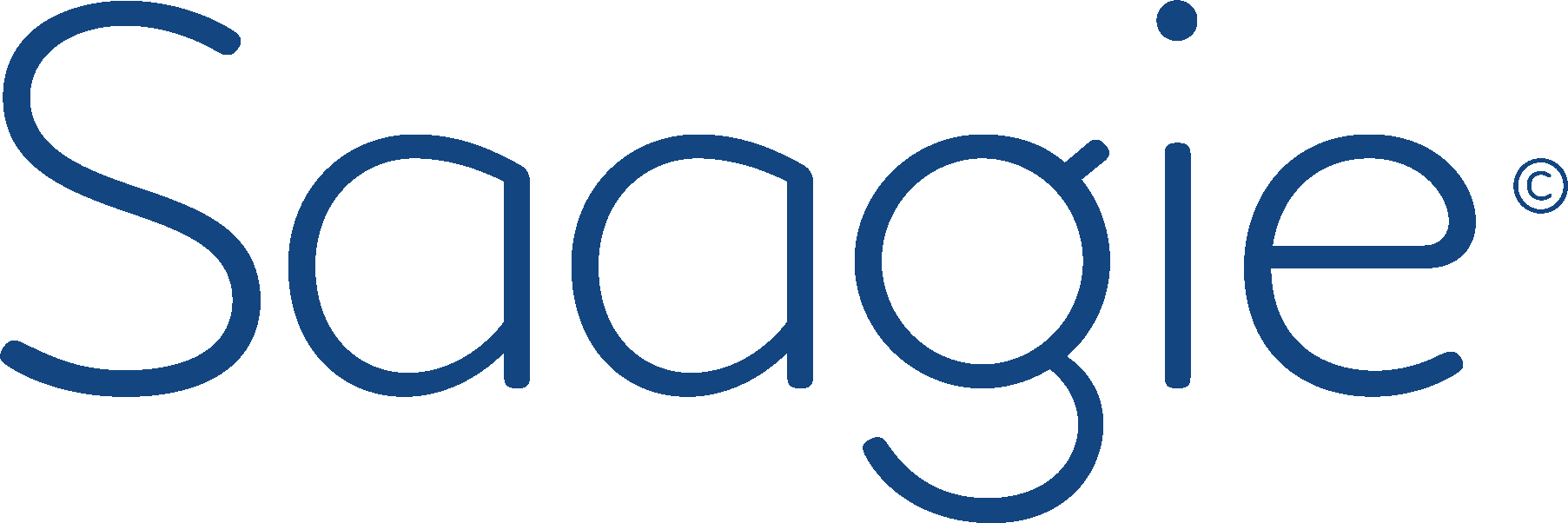We are delighted to chat with Benoît Lepetit, Head of Data at Saint-Gobain since 2019, to talk about the company’s digital transition and how data contributes to sustainable development.
When was the Saint Gobain data team created? For what reasons? And how is this pole organized today?
First of all, to recontextualize, Saint Gobain is made up of three major business units:
- Innovative materials : this is a globalized entity of small business units
- Materials manufacturing, which is a regionalized entity
- The distribution entity, most of which resides in France and Northern Europe
I joined Saint-Gobain in 2019, attached to the distribution entity, with the aim of structuring the data division. At the time, we were in a fairly classic phase of maturity, namely that we were working with startups and consulting firms that were struggling to deliver concrete use cases. In addition, the research pole was quite decorrelated from the business. So we had to start from scratch and make a workable roadmap.
The ambition was initially quite limited, because in 2019, at the management level, we heard about data but we were not yet convinced of its usefulness at Saint-Gobain. One of the reasons why I joined the company is that I spent more than fifteen years in the world of finance, especially in algorithmic trading where data has not been a question for a long time but rather the heart of innovation. It was therefore necessary to test, see the operation of the projects to be convinced. Unfortunately, at the beginning the results were not there and therefore data was not at the heart of the strategic vision of the company. There was therefore a real expectation of support from management on all data subjects.
Thus, the first challenge was based first of all on data education for all parts of the company, from the operational to the executive committee, by creating a data counter responding to the issues of each team. At the same time, we worked on a roadmap to meet the challenges of optimization and automation of processes on which the ability to create a strong ROI, with respect to algorithmic feasibility, was optimal. We were therefore on a spectrum with high feasibility and a high ROI. We therefore focused on the topics of customer retention, customer capture, logistics optimization, and orientation of sales visits, etc.
2020 was the year we were judged on our ability to deliver that ROI. The objective has been achieved and for 2021, we have reintegrated innovation into the roadmap, with more complex cross-cutting subjects. One of the main topics for this year is the evaluation of a client’s potential, a structuring and complex project for the company, to better orient our commercial approach and possibly to make advance credit according to the capacity of the client and no longer on the perception that we can have. We are also going to do unstructured data analysis because we finally have the technological maturity but also the skills to carry out these use cases. Today, data is no longer a question for the overall strategic vision of the organization.
Attached to the Marketing Department, the data team now has around ten data scientists either internally or externally but residing within our organization, and at the ISD level, we have four data engineers and a manager of way to industrialize, mediate, centralize data, and create pipelines to quickly deploy our use cases.
Today, the businesses make their requests directly to the data division, how did you manage to make this process a reflex for them?
We were first interested in the problems of our employees, we took the time to talk to them, BU by BU. We met a lot of professions (marketing directors, logistics directors, sales directors…) and we took into account what they needed. At the start, our capacity was limited because we were few in number, but we managed to identify problems common to several BUs in order to offer them industrialized solutions. The objective was above all to solve daily problems to facilitate the work of the trades.
In addition, during the health crisis, the executive committee asked us to establish revenue and turnover forecasts, to predict loss rates in terms of credit and our ability to optimize our agency load in this regard. uncertain context. We responded to these requests in an agile manner by offering a relevant solution to support decision-making.
When the value was proven in these use cases, it allowed all those who collaborated with this cluster to realize that data has an essential role in the digital transformation of the various BUs. Thus, the businesses now have the reflex to make requests to the data team in a process of strong ROIsation.
We have gone from around fifteen supports in 2019 to more than 150 cases in 2020. Given that our capacities remain limited in human resources in particular, we operate by prioritizing projects. For example, previously, on the establishment of points of sale, each Managing Director in each region operated silently, today there is a process by which an establishment must automatically go through the validation of the data pole, otherwise the opening a point of sale cannot be done.
To continue to evangelize on the essential role of data within the group, we have structured the data team according to a hybrid model: on the one hand, the team is very centralized, innovation takes place intrinsically within the group. team, where data scientists no longer work in silos but in a common way. On the other hand, each data scientist has relays at the level of the HR or logistics teams, who will, in turn, take on the other teams. We use the network principle in all parts of the business. Indeed, data scientists are integrated into the different teams depending on the projects naturally, therefore in a pre-existing structure.
What use cases in production at Saint-Gobain today seem to you to be innovation? What results do you get from it?
We are currently working on human resources issues with a sociology team to be able to create a typical persona of our field managers by looking at all the data we know about them (business, behavior, HR) in a way to come and raise awareness about their appetites :
- Are they more or less keen on a transformation program?
- Do they need more support?
- Which training to orient?
- Are they in difficulty vis-à-vis the territory in which they are located or in relation to the structure put in place?
This is innovation in the sense that we come to confront quantitative data with sociological studies, which ultimately allows us to compare our perception of the data with qualitative data from sociological surveys. Concretely, this corresponds to creating types of managers in which we will identify various groups (focused on innovation, strong performance, etc.) and establish to date whether they have had particular difficulties at certain levels.
The sociological survey will make it possible to understand the qualitative context, to express the unspoken and therefore the reason which led some managers to leave the framework in which they were. This system will make it possible to better monitor and control managers, and to provide concrete solutions adapted to their needs.
Saint-Gobain is very attached to sustainable development. Can data play a role in this? To what extent is this possible?
From an ecological point of view, we are always on a process of optimization, then innovation. And in this context, it is first on industrial lines that we have developed use cases. Indeed, we quickly realized that by optimizing the production lines, we were optimizing material expenses and therefore the carbon footprint, in fact, is reduced even more. Likewise, we have also optimized energy expenditure when increasing the temperature to manufacture certain types of materials was not necessary. Thus, by optimizing production processes on industrial lines, which are very energy-intensive, we significantly reduce our carbon footprint.
On the distribution side, we have launched numerous projects, particularly on cement. Indeed, we were able to create green cement using excavated soil. The aim is for the Distribution department to conceptualize new materials that are more respectful of the environment, and in some cases we can support them in their research. This type of collaboration is still sporadic, but we have the ambition to continue this momentum.
At the global level, we have a strong ambition: zero carbon by 2050. In this context, the FDES are essential. These are sheets that identify the carbon expenditure from the production of a material until it lands here. This allows us to capture information and formalize it in order to improve our processes. Today, the sheets are produced by each manufacturer in an unstructured way. As a distributor, we have a responsibility to offer our customers the choice of a minimum carbon footprint depending on the materials used. And the role of the data department is simply to fetch that data, put it together, and make it easy for customers to view. This will also allow us to favor certain products in order to reduce our carbon footprint, while allowing us to maintain our margin.
Another sector in which ecological issues are important is transport. Today, thanks to data, we are able to reduce the carbon footprint of carriers through route and cost optimization. By minimizing mileage, travel time and therefore the environmental impact of the product are minimized. Data plays an essential role in the road-to-market.
Is it possible to further reduce the impact on the environment with data? Would it be possible to cite a few examples?
In the principle of product cyclicity, and this is true for many industries, the ability to optimize this cycle to move from a product to a service, i.e. to be able to process both production and recycling of the product, becomes essential. And data has a crucial role in this paradigm shift because it allows us to understand the needs of the customer, and to better glimpse the complexity of the product cycle to deduce what can and cannot be recycled. Ultimately, the objective is to transform the materials so that they are completely recyclable and to offer a new chain of services to our customers. These processes are already very integrated in the textile industry which is very carbon intensive. Once we understand that we are no longer on a product that we buy and then throw away after use, it is crucial to make use of the data in the process of reusing raw materials.
Today, it is necessary to be able to understand the final objective of the customer, namely for what purpose this one will buy materials to be more prescriptive by simplifying the products, by creating solutions allowing to reduce the consumption of raw materials. , reduce the carbon footprint, because we will indeed be able to understand and explain all the complexity of this cycle.
Our ambition at Saint-Gobain is as follows: Make a World a better Home. Through this slogan, we express our responsibility, as a group, to embark on the use of the means we have internally to transform uses. The data department is fully integrated into this strategy. Our ultimate goal is to make things more comfortable and more environmentally friendly for our customers and for our employees.
We also have a social responsibility, in terms of diversity, inclusion, identification of behavioral biases, and this is why data issues in the field of human resources are essential across the entire value chain.
Housing being one of the most important needs, our mission as a leader is to be able to transform industry while respecting the environment and social conditions.

After having cut his teeth in market finance to develop and then manage High Frequency Trading activities in Paris, London or Zurich, Benoit embarked on a new challenge in 2019: bringing all his expertise to transform distribution at Saint -Gobain as a new innovation center and IA Ready.
He believes in the co-development and dissemination of knowledge, so that each employee can appropriate the tools of tomorrow. At the head of the Data department of SGDBF, he works on the hybridization of skills, as well as on changes in professions through Data.


